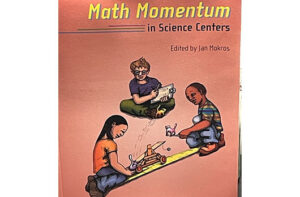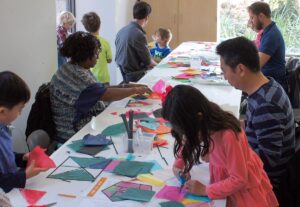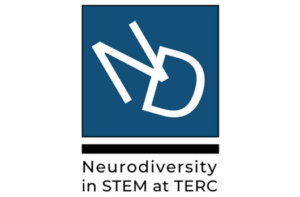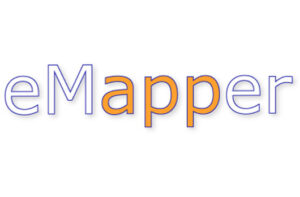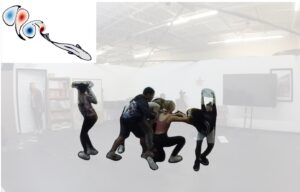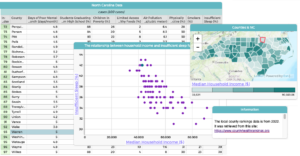Learning to Reason with Data: How Did We Get Here and What Do We Know?
Andee Rubin
Andee Rubin (2020) Learning to Reason with Data: How Did We Get Here and What Do We Know?, Journal of the Learning Sciences, 29:1, 154-164.
We introduce students to good literature in their early years. We do not reserve great literature until they are older – on the contrary, we encourage them to read it or we read it to them. Similarly, we can give young students experience with real mathematical processes rather than save the good mathematics for later. Through collecting and analyzing real data, students encounter the uncertainty and intrigue of real mathematics. (Russell & Corwin, 1989, p. 1)
This quote is from the authors’ preface to a set of elementary school math modules called Used Numbers, which provided K-5 students with a rich set of data activities. I begin with it for several reasons. First of all, I love the notion that data collection and analysis are the analogue of good literature, that reasoning with data is more authentic than the ubiquitous “word problems” in the same way that literature is more authentic than Dick and Jane stories. Second, I appreciate the importance of “uncertainty” and “intrigue” in mathematics, which contrast starkly with the “certainty” and bloodlessness with which mathematics is generally introduced to students. Finally, I note the date, 30 years ago. In spite of the recent uproar about how the current crop of students is totally unprepared to deal with the data deluge of the present and futures, teaching students to reason with data is not a totally new enterprise, and a small but insistent statistics education community has been studying the process for decades. This commentary provides an introduction to some major themes of that research, in order to provide common ground for conversations between learning science researchers and those who have been studying how students learn to reason with data.
While the Used Numbers module were only in print for a few years, many of the activities were subsequently incorporated into the Investigations in Number.

Related People:
Andee Rubin

